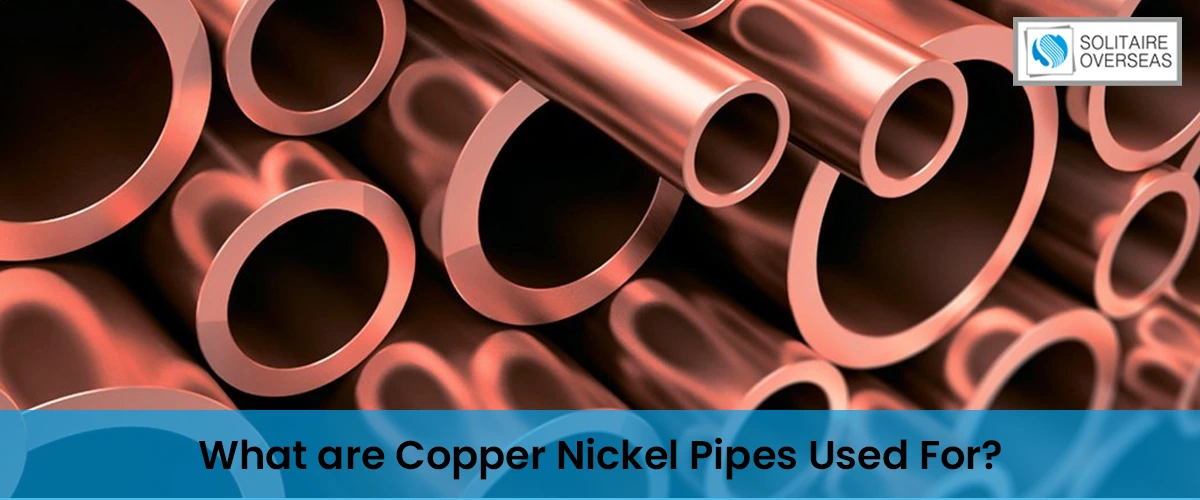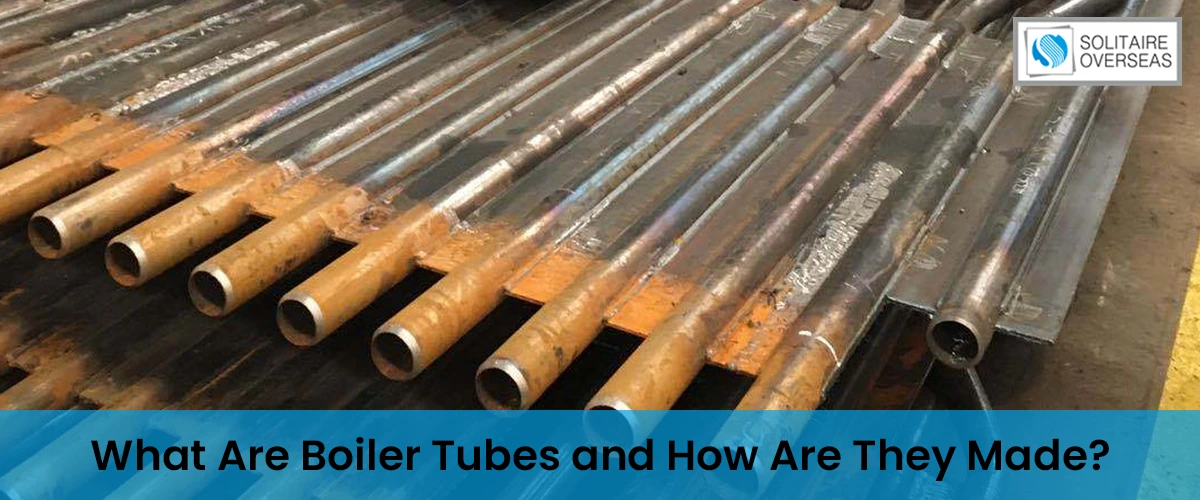Why Are U-Tube Heat Exchangers Undeniably Vital: A Complete Guide
Heat exchangers are essential tools in many industries. They help transfer heat between liquids for heating, cooling, or energy control. U-tube heat exchangers are a popular choice for tough industrial jobs because they are flexible and work well. This guide will explain why U-tube heat exchangers are important, how they are designed, and how they […]










